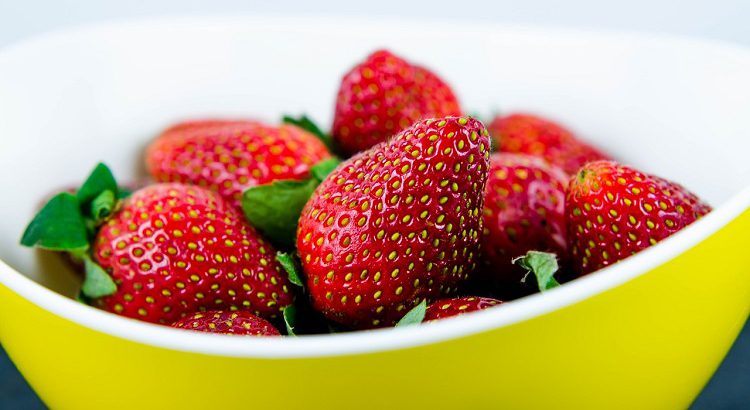More and more Americans are demanding food free of synthetic chemicals and pesticides. The availability of organic foods, particularly fruits and vegetables, has increased significantly over the past decade, helping to drive down cost as more farms choose to grow organic due to demand.
Each year since 2004, the Environmental Working Group (EWG) has published its Shopper’s Guide to Pesticides in Produce™ that ranks the pesticide contamination of 48 popular fruits and vegetables. The guide is based on results of more than 35,200 samples of produce tested by the U.S. Department of Agriculture and the U.S. Food and Drug Administration.
The EWG’s list of “Dirty Dozen™ and Clean Fifteen™” identifies the most and least contaminated fruits and vegetables.
According to EWG, analysis of tests by the U.S. Department of Agriculture found that nearly 70 percent of samples of 48 types of conventionally grown produce were contaminated with pesticide residues and therefore suggest buying organic. When buying organic produce is not an option, the EWG suggests the Shopper’s Guide can help you choose foods lower in pesticide residues to limiting your exposure to pesticides.
The 2018 Dirty Dozen
For the Dirty Dozen list, EWG singled out produce with the highest loads of pesticide residues. The list includes, in order:
- Strawberries
- Spinach
- Nectarines
- Apples
- Grapes
- Peaches
- Cherries
- Pears
- Tomatoes
- Celery
- Potatoes
- Sweet bell pepper
The 2018 Clean Fifteen
EWG’s Clean Fifteen is a list of produce least likely to contain pesticide residues. This list includes, in order:
-
- Sweet corn
- Avocados
- Pineapples
- Cabbage
- Onions
- Frozen sweet peas
- Papayas
- Asparagus
- Mangoes
- Eggplant
- Honeydew melon
- Kiwis
- Cantaloupe
- Cauliflower
- Broccoli
However, there are 25 synthetic products that are approved for use in organic crop production, according to the National List of Allowed and Prohibited Substances.
There are skeptics who question the methodology of EWG’s assessment of pesticides’ harm to humans, and many of the foods did contain far lower levels of pesticides allowed by the U.S. Environmental Protection Agency.
Washing fruits and vegetables thoroughly is always a good idea. Recommendations for soaking fruits and vegetables in baking soda and water has also been suggested. Researchers at University of Massachusetts, Amherst, suggest that if you want to take an extra step, consider submerging your produce in a solution of one teaspoon of baking soda and two cups of water for two minutes or more (the longer you soak, the more chemicals you get rid of). Rinse in tap water again before eating.
With the summer months right around the corner, take advantage of the locally grown produce, and talk with your local farmers about pesticide use on their farms.
Looking for local produce? Carroll Hospital’s Farmers Market starts on Thursday, June 21 from 11:30 a.m. to 3:30 p.m. on the third level of the parking garage and runs throughout the summer.
Registered dietitian Barb Walsh is the community nutrition educator at the Tevis Center for Wellness.
